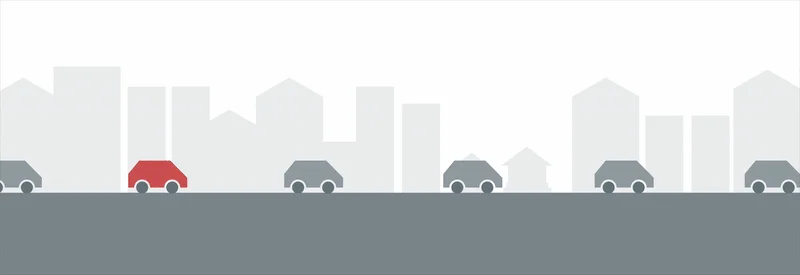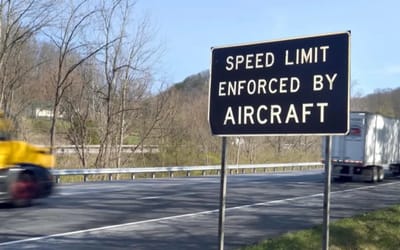Shockwave traffic jams that form for no reason were recreated for the first time, and it could change how you think about traffic
Published on Nov 21, 2025 at 5:16 PM (UTC+4)
by Henry Kelsall
Last updated on Nov 24, 2025 at 12:19 PM (UTC+4)
Edited by
Emma Matthews
Video shows what happened when shockwave traffic jams that are formed for no reason were recreated for the first time.
Footage uploaded onto YouTube by the New Scientist channel 17 years ago showed what happened when the University of Nagoya in Japan recreated these unusual traffic jams.
It was a real-life experiment, with 22 cars cruising around a circular track at a constant speed, to see what would happen.
What should have been just a load of cars running around with similar gaps ended up creating some unusual situations as vehicles moved closer towards each other.
DISCOVER SBX CARS: The global premium car auction platform powered by Supercar Blondie
How the shockwave traffic jams experiment unfolded
The researchers placed 22 cars together on a single track to conduct the research.
Each of the drivers in the cars was instructed to drive at a constant speed of 30kmh, or around 18mph.
At first, the experiment seemed to play out just as you would have expected.
The cars moved around at a steady pace, with relatively similar gaps between each one.

However, as it went on, the distance between cars started to vary and clump together.
This began at one point on the track, before the jam started to spread around the rest of the circuit.
As cars moved away from each other, the jam was pushed further down the order.
It did so at a rate of around 20kmh, or 12mph.
The experiment provided interesting results
At first, the jam was quite small, as just a few cars clumped together.
But as it went on, these collections of cars got a bit bigger, and traffic became more backed up.
The jams would eventually free up, and cars were able to get back on the move again.
These jams are often called phantom traffic jams as well.
They are ghost jams, caused by a ripple effect of drivers braking in response to a car ahead.
Unlike other jams, these happen without an accident, obstruction, or something like a stop signal.
Potentially, these jams could cause traffic quite a way down the road.
It is an unusual phenomenon, but one that we regularly see on various roads.
Watching it as it unfolds in real time is a fascinating spectacle.
Henry is a content writer with nearly ten years experience, having written for various publications since 2017. Qualifying with a Sports Journalism degree from Staffordshire University, Henry loves all things automotive but has a particular soft spot for classic Japanese cars and anything Lancia. He also has a curious passion for steam locomotives.




